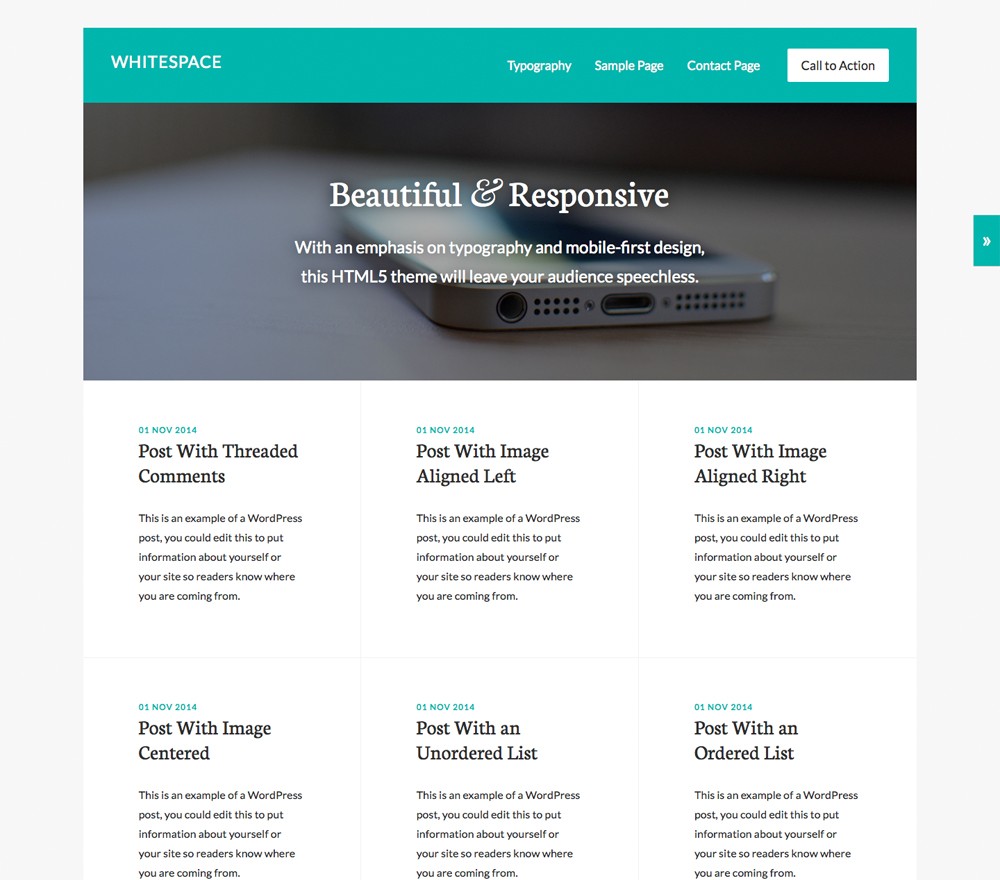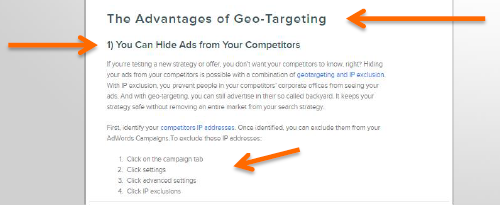These posts will guide you through 5 important blog post best practices. We will focus on each one of these steps individually. We recommend following these steps in order, and we have broken them down into bite-sized pieces of information.
In Part 1, we focused on how to choose your topic and title and the importance of keywords.
In this post, we’ll talk about how to Format and Optimize Your Post:
Formatting is important because you want your readers and search engines to be able to find and understand your content.
Here a 6 key elements to understand in formatting:
- Whitespace
- Headers, Bullets and Numbered Lists
- Bolding
- Images
- Keyword Usage
- Links
Whitespace
Quite simply, whitespace allows the reader to focus on the content rather than the clutter.
This image shows an example of how whitespace frames the content and gives “breathing room” to the layout.

Headers, Bullets and Numbered Lists
These design elements are an efficient and effective way to break up content and provide an easy-to-read layout for the viewer.

Bolding
Bolding important text in a blog post can highlight the content to the reader and provide a quick takeaway. Even if someone skims the article, they will notice the bold type and get the valuable information you are trying to impart.
Images
Images help break up your text and grab the attention of the reader. Images should always be at the top of your blog post at the very least. This helps entice the reader needs to invest themselves in the content. The images should complement your post but do not need to be directly related.
Keyword Usage
To best optimize your blog post, you need to incorporate long-tail keywords. When search engines crawl your post, they don’t read every word. Instead, they scan certain parts of your post to understand what you’re writing about and how trustworthy the content is.
The keywords should always be part of you title, page URL, headers, body copy and the your image alt-text. Search engines cannot read images but they can read alt-text copy that you assign to them. Search engines are also smart enough to recognize synonyms of keywords so don’t be afraid to branch out with your word choices as it relates to the topic. And remember to keep it natural.
Links
Always try to include relevant, internal and external links within your copy. You can link to other blog posts or site pages as well as links that take people elsewhere to other sites. While that may sound counterintuitive, Google Webmasters encourage this as it shows you did your homework on your blog topic.
In our next blog post, we’ll discuss how to Promote Offers on your Site for Lead Generation.
For more marketing information that is pertinent to your business, sign up for our newsletter:






